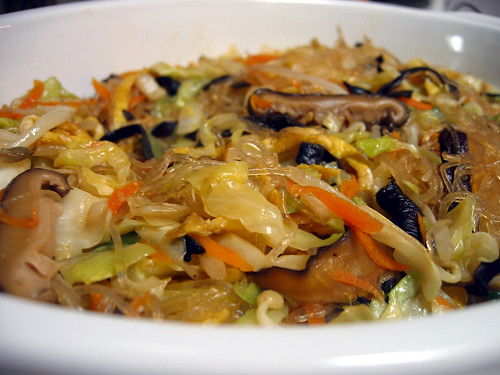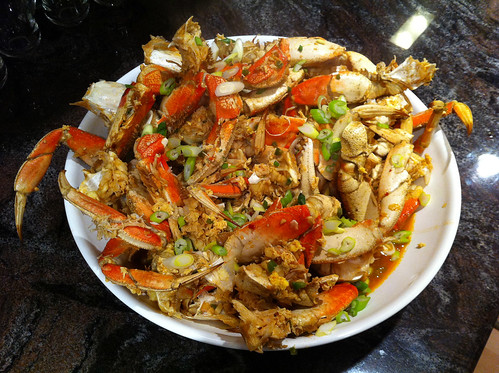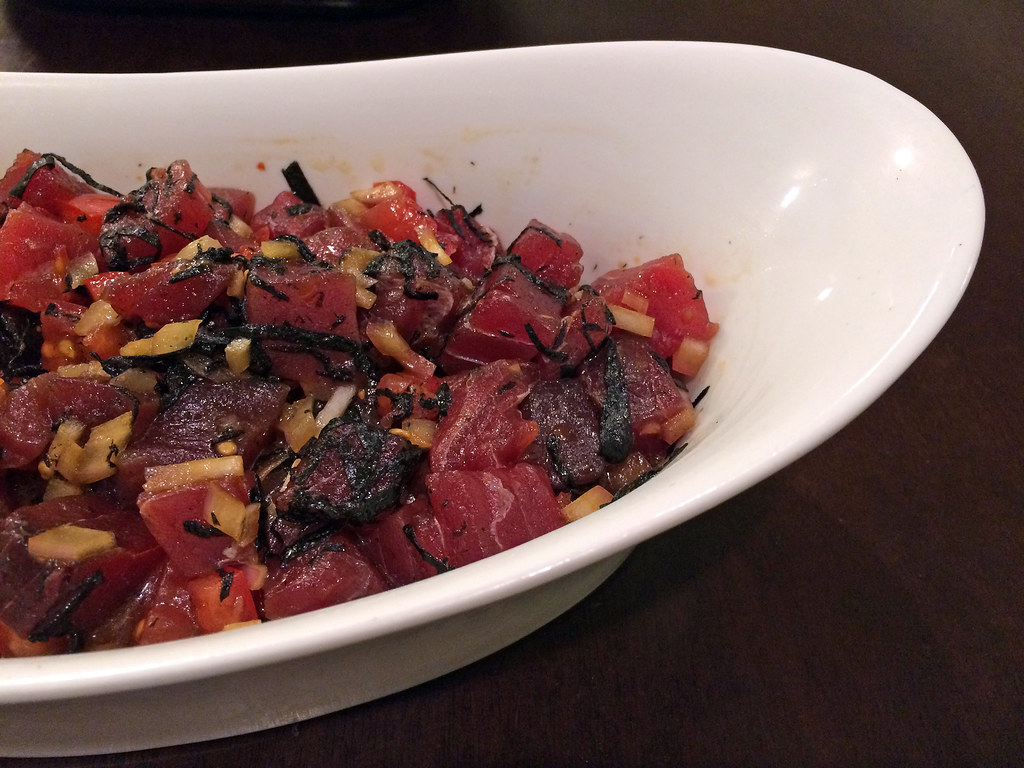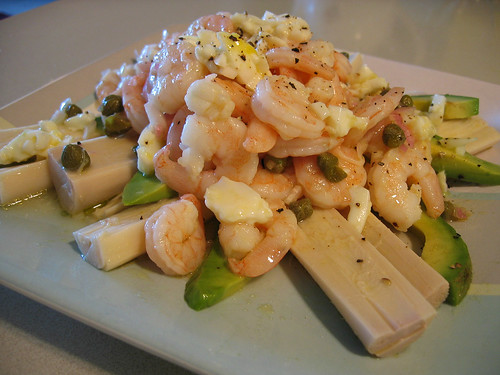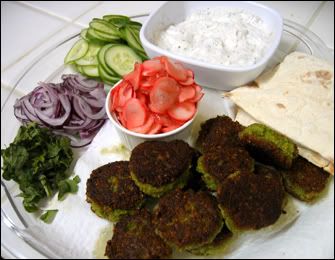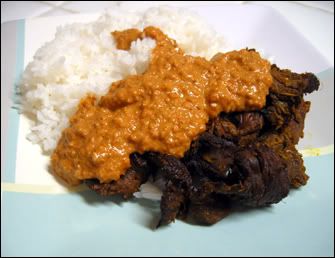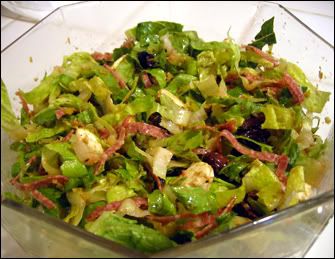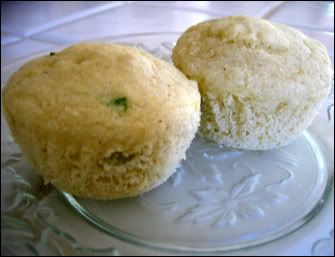Originally adapted from an old Martin Yan recipe for vegetarian rolls wrapped in Mandarin pancakes, this recipe has gone through several permutations over the years. The biggest change is that I added more noodles and got rid of the pancake/wrapper component.
This dish makes a healthy meal on its own and the vegetables can be replaced with whatever is season. Best of all, you can make it ahead of time since it can be served room temperature or chilled.
Ingredients:
4 dried shiitake mushrooms
6 pieces dried cloud ear
8 ounces dried bean thread noodles
2 tablespoons cooking oil
1 teaspoon minced garlic
1 cup thinly sliced cabbage
1/2 cup shredded carrots
1/2 cup chicken broth
2 cups mung bean sprouts
2 eggs, lightly beaten with a dash of salt
2 tablespoons oyster flavored sauce
1 teaspoon sugar
2 teaspoons sesame oil
1. Soak mushrooms and cloud ears in warm water to cover until softened, about 15 minutes; drain. Thinly slice mushrooms and cloud ears. Soak bean thread noodles in warm water to cover until softened, about 15 minutes; drain. Cut noodles into 8-inch lengths.
2. Heat 1 tablespoon oil on medium-high heat in a small frying pan. Pour in 1/3 of beaten eggs and swirl pan to cover entire bottom. Cook until egg is lightly browned on bottom and set on top, about 1 minute. Turn sheet over and cook 10 seconds; slide out of pan. Repeat to make 2 more egg sheets. When sheets are cool, cut in half, stack and slice crosswise into 1/8-inch shreds.
3. Place a wok over high heat until hot. Add remaining tablespoon cooking oil, swirling to coat sides. Add garlic and cook, stirring until fragrant, about 10 seconds. Add mushrooms, cloud ears, cabbage, and carrots; stir-fry for 30 seconds. Add bean thread noodles and broth; cook for 2 minutes.
3. Add mung bean sprouts, egg shreds, oyster flavored sauce, sugar, and sesame oil; cook until heated through. Remove to a serving bowl and serve room temperature or chilled.

